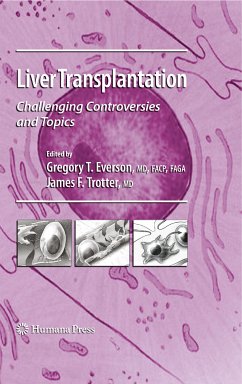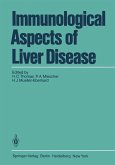The field of liver transplantation is young, evolving, dynamic, and issues and decisions are often controversial, thus a text with a different focus is required, one that highlights controversy and challenges dogma. In Liver Transplantation: Challenging Controversies and Topics a useful set of chapters have been created that will take the reader step-by-step through key areas of controversy in the field of liver transplantation. The authors have tried to anticipate questions, define key issues, and provide options for resolving or approaching areas of uncertainty. The topics covered in this book impact our understanding and management of immunosuppressant, viral hepatitis, nonalcoholic fatty liver disease, organ allocation, regional differences in rates of transplantation, and hepatocellular cancer. All authors are actively practicing physicians and surgeons who deal with all the issues presented on an ongoing and daily basis. Throughout the book, emphasis is put on the need for thoughtful well-controlled clinical and basic research of transplant hepatology and liver transplantation. There is also speculation on potential breakthroughs in immunology, virology, cell biology, surgery and medicine that might influence or impact the future directions of these fields of medicine. Liver Transplantation: Challenging Controversies and Topics is an important new book meant to stimulate interest, identify topics requiring additional study, and to promote discourse among transplant professionals.
Dieser Download kann aus rechtlichen Gründen nur mit Rechnungsadresse in A, B, BG, CY, CZ, D, DK, EW, E, FIN, F, GR, HR, H, IRL, I, LT, L, LR, M, NL, PL, P, R, S, SLO, SK ausgeliefert werden.









